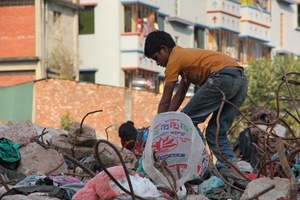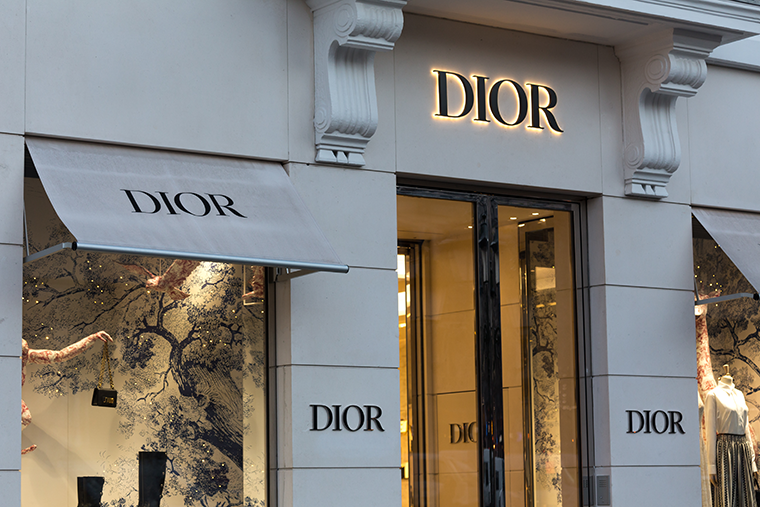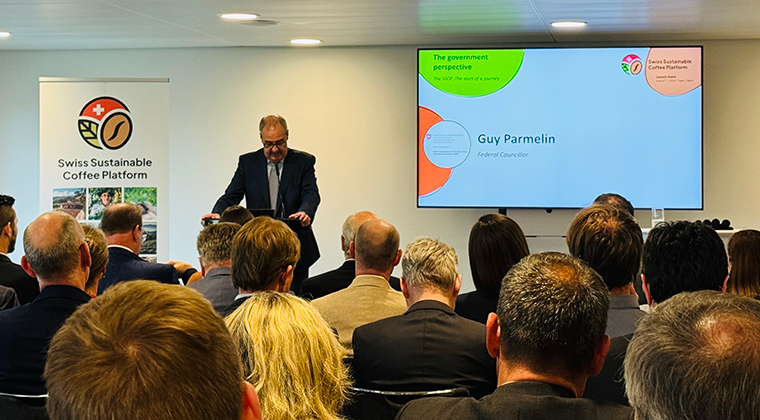Three years after Rana Plaza – Is Bangladesh’s garment sector now safe and sustainable?

April 22, 2016
After the collapse of the Rana Plaza building complex in the outskirts of Dhaka in April 2013, over 200 brands and retailers committed in two separate private agreements, the Bangladesh Accord on Fire and Building Safety (“Accord”) and the Alliance for Bangladesh Worker Safety (“Alliance”) to make Bangladesh’s garment sector safe and sustainable. This collective commitment of major brands signaled a sea change in corporate responses to rights issues in global supply chains by acknowledging that chronic human rights issues require concerted efforts from the entire industry and other stakeholders.

Our Center has closely followed the developments in Bangladesh since Rana Plaza and as the third anniversary approaches the time is ripe to assess what has been achieved in Bangladesh and what issues still need to be addressed to reach the declared objective of a safe and sustainable garment sector.
In this post, we want to highlight just two factors that we believe are critical in such an assessment: we need to look at whether safety measures are being implemented and whether the entire garment industry is being covered.
1. Remediation rates and available resources
In 2014, both the Accord and the Alliance completed the inspection phase of all factories in their databases that jointly contain about 2,000 factories. The Accord alone had at this point identified over 80,000 safety violations. Remedying all these issues was going to be a big task.
According to their own reporting, the actual remediation of factory safety issues is currently proceeding at a very slow rate and the implementation of the majority of corrective action plans is running behind schedule. To date, the Accord has fully completed 2 corrective action plans (out of 1667 factories), the Alliance 24 (that is 3% of their total factory base).
Remediation rates hinge upon resources and while factory owners bear significant responsibility, they seem to be unable and/or unwilling to bear all the costs alone. Multinational buyers have been reluctant to share the financial burden and have mobilized other sources of funding from the IFC and other institutions. Our research identifies significant commitments for the garment sector in Bangladesh totaling more than $280 million. At this point, however, these funds are not reaching the manufacturers and it remains to be seen whether the necessary investments will materialize.
We advocate for a model of shared responsibility, where brands, governments, financial institutions and philanthropies jointly define a funding formula that is practical, transparent and that is accepted by all stakeholders.
2. The coverage of the public and private safety initiatives
Our research has highlighted the pervasive use of subcontracting in the garment industry. According to our estimates, over 30% of garment producing facilities in Bangladesh are producing off the radar and without government or private oversight. Workers in these often smaller facilities are therefore still unprotected and it is essential that we increase supply chain transparency in order to be able to bring all garment producing facilities under appropriate safety programs.
The private agreements that formed in the aftermath of Rana Plaza were set up for five years and they are both scheduled to wrap up their work in July 2018. Whether these private initiatives are able to complete their remediation by then remains to be seen however, and Bangladesh’s commerce minister said in December 2015, that the government will not extend the operations tenure of Accord or Alliance because “Bangladesh is now a safe place”.

While we acknowledge the immense efforts that public and private actors in Bangladesh have made to address factory safety issues, they cannot succeed without addressing the urgent issues of finance and coverage.
Our Center stands ready to support any initiatives that tackle these challenging, but vital questions for Bangladesh’ garment industry.
 Global Labor
Global Labor


